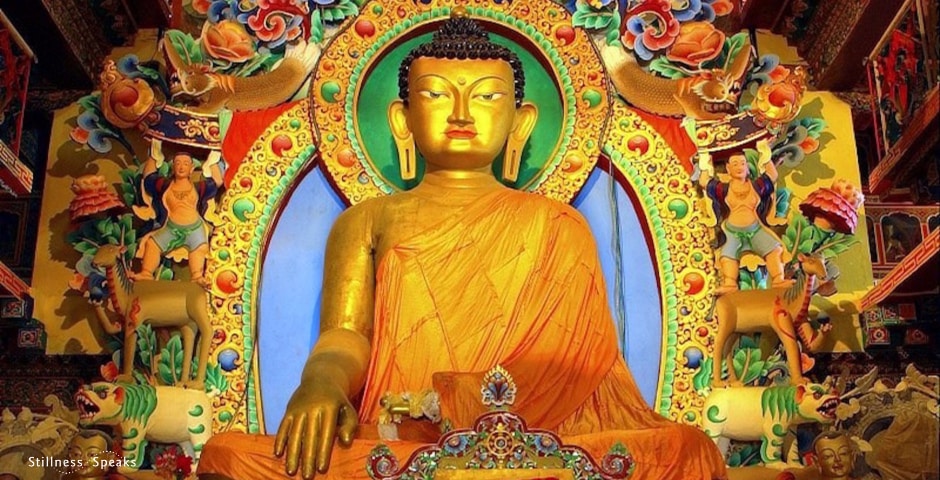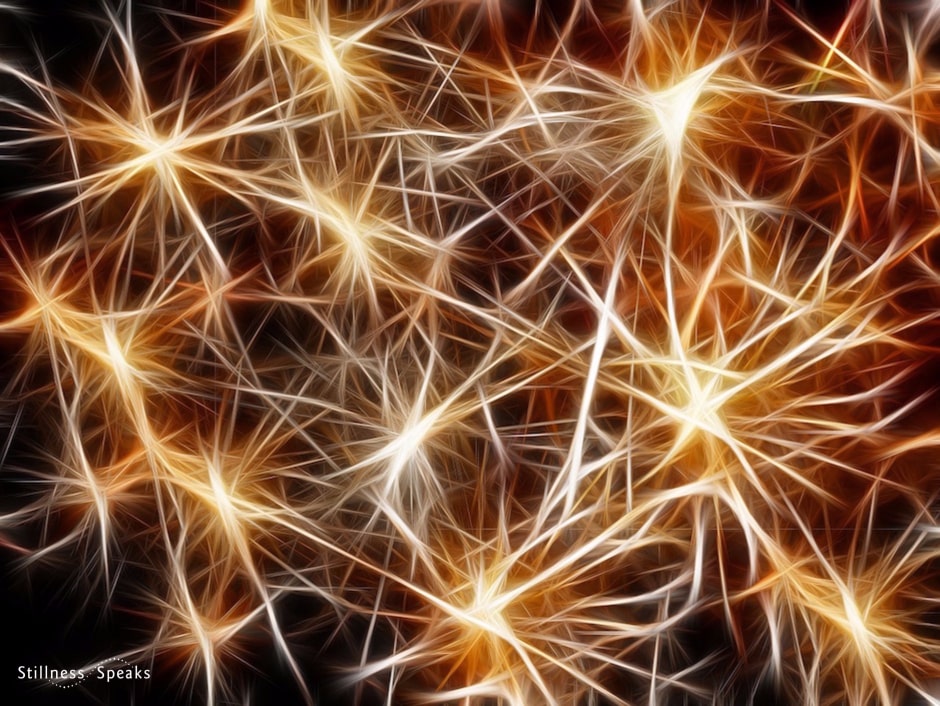“Finding the absence of the inherently existent self is realizing the emptiness of the self.” ~ Greg Goode
A comprehensive overview of the Indo-Tibetan approach to Prasangika Madhyamaka …
Madhyamaka refers primarily to a Mahayana Buddhist school of philosophy founded by Nagarjuna. According to Madhyamaka all phenomena (dharmas) are empty (śūnya) of “nature,” a “substance” or “essence” (svabhāva) which gives them “solid and independent existence,” because they are dependently co-arisen. But this “emptiness” itself is also “empty”: it does not have an existence on its own, nor does it refer to a transcendental reality beyond or above phenomenal reality. ~ from Wikipedia
Prasangika is a subschool of Madhyamaka, which asserts that all concrete and mental phenomena, although existing conventionally, are empty of any type of inherent identity or self-characterizing essence. ~ from wikipedia
Mādhyamika refers to adherents of the the Madhyamaka school. ~ from wikipedia
Series Overview
Emptiness …
- teachings are widely held to be transformational and liberating.
teachings are found mostly in Buddhism, but analogous teachings exist in the West as well.
- means interdependence or relationality. In Buddhism, the self and all things are said to be empty. But empty of what? Empty of inherent, self sufficient, objective existence. Empty things don’t exist inherently or objectively. Instead, they exist by depending on other things, including our means of interacting with them.
- is also empty. This is because it too depends on other things. For example, the emptiness of the cup depends on the cup and on the conceptual designation “emptiness.”
- does not mean non-existence; it means interdependent existence.
- meditations do not refute everyday, conventional existence. They refute inherent, objective existence. The result is that everyday life is clarified and freed from the false conceptions of inherent existence.
- and compassion work together. They are interdependent. Compassion promotes the realization of emptiness, and realizing emptiness promotes compassion.
- meditations usually work like this: You choose something to meditate on, such as the self. You try to get a very clear sense of the inherent existence of the self. You use an emptiness meditation to look very deeply for the inherently existent self. You fail to find it; you find its absence instead.
and…
- Finding the absence of the inherently existent self is realizing the emptiness of the self.
- The experience of emptiness is light, free, open, vibrant and joyful.
- There is nothing intrinsically superior about emptiness teachings. Many other teachings also provide a light, free, open, vibrant and joyful way of life.
- It doesn’t have to be called “emptiness.” Yes, this is a traditional term, but what it attempts to communicate is a view and a way of life in which the self, others, and phenomena do not have fixed, rigid, independent essences. There are many other words for this, such as sūnyatā (Sanskrit), anātman (Sanskrit), anatta (Pali), stong-pa nyid (Tibetan), kōng (Chinese), kū (Japanese), gong-seong (Korean), voidness, paticcasamuppāda (Pali), pratītyasamutpāda (Sanskrit), rten cing ‘brel bar ‘byung ba (Tibetan), and yuánqǐ (Chinese pinyin). English-language equivalents include dependent arising, interdependence, dependent origination, conditioned genesis, dependent co-arising, interdependent arising, antifoundationalism, anti-essentialism, and freedom without foundations.
Why Emptiness?
Emptiness is another kind of nondual teaching. Emptiness teachings demonstrate that the “I,” as well as everything else, lacks inherent existence. The notion of lacking inherent existence has several senses. In one sense, empty things lack essence, which means that there is no intrinsic quality that makes a thing what it is. In another sense, empty things lack independence, which means that a thing does not exist on its own, apart from conditions, relations or cognition. When you study the emptiness teachings, you start to see how these two senses of “lacking inherent existence” relate to each other.

This Intro will be primarily about Buddhism, because this is a very good place to start one’s emptiness study. You get a very clear picture of how realizing emptiness can lead to freedom and peace, and you learn about the importance of compassion. Once the connection to peace and the importance of compassion are in place to serve as guides to your study of emptiness (in addition to any teachers you may have), you can combine Buddhist meditations, if you wish, with a huge variety of Western insights.
Some Buddhist sanghas are even beginning to combine Western insights into their own emptiness teachings. For example, Shambhala, Nalandabodhi, and The InterDependence Project. This East West combination seems quite natural, since no one tradition has a monopoly on peace of mind. There is more information about Western approaches to emptiness in Part 10 of this series and in many other places on Greg’s site.
According to Buddhism, when emptiness is realized, peace ensues. One’s experience is transformed so that the self, other beings and the world no longer seem like intrinsically compartmentalized objects, distinct and separate from each other. The self and all things are experienced as free.
If the selflessness of phenomena is analyzed
and if this analysis is cultivated,
It causes the effect of attaining nirvana.
Through no other cause does one come to peace.
~~ The Samadhiraja Sutra
— — —
Greg continues his overview of emptiness teachings in Part 2 of this 10-part series … in which he covers “How is Emptiness Nondual?” and “What Does Emptiness Mean?” … so stay tuned …
We are honored to publish this guest post series authored by Greg Goode and is sourced from his website. Greg is one of the teachers in Stillness Speaks library so please visit his teacher’s page for comprehensive information about his work.
Images: (all edited and logo added) 1) Buddha icon in Twang, India, by Appaji, CCO BY 2.0, 2), Dharma Wheel by Shazz, CC BY-SA 3.0, 3 & Featured) Amazing by Bessi, CCO Public Domain, 4) Buddha by sunpath, CCO Public Domain, 5) Peace Ocean Stone by Unsplash, CCO Public Domain.











Liked the teaching. It will help in attaining Nirvana.
Ranjit,
Glad you liked it.
Thanks for dropping by.
Sanjiv